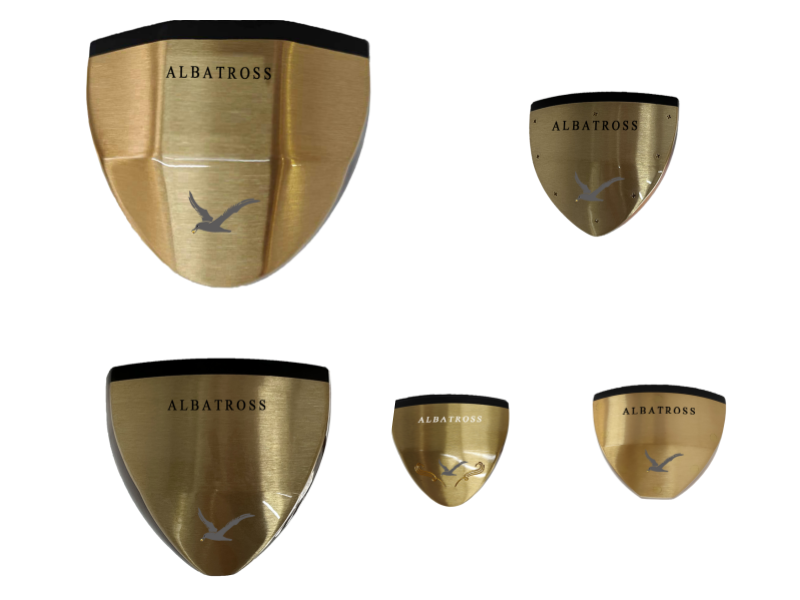
Before the COVID-19 pandemic, the number of new golfers had been declining worldwide. Thanks to state-of-the-art golf simulators and their easy access, the “virtual golf” culture in many countries such as South Korea, China, Japan allows new players to experience the sport of golf safely and easily. In this circumstance, the Debac Sports is contributing to such activity with her advanced technology.
Now, as the threat of the virus has waned, a recent study shows that many new golfers are leaving the sport of golf in search of other activities. If you're familiar with the golf scene in South Korea, it's not hard to understand why. Although South Korea is the world's third-largest golf consumer, the high cost of playing golf makes the barrier to entry high. It's certainly much cheaper and easier to play a round of golf in the United States and Canada, but today I want to talk about a new type of golf sport that has grown rapidly and gained popularity there in recent years.
Park Golf, Current Situation
Park Golf is a new type of golf sport that originated in a small town in Japan in 1983. The founder of Park Golf wanted to play a game of golf that was accessible to all ages, while keeping the name, rules, and equipment as simple as possible.
As the name suggests, Park Golf literally means playing golf in the park. It uses essentially the same rules as regular golf, with the goal being to get the ball into the hole with the fewest strokes. The sport is played on a small 9- or 18-hole course that is about one-tenth the size of an actual golf course, and even uses the same vocabulary of par, birdie, eagle, foul, etc.
The key difference is that park golf requires only a club similar to a zero-tilt croquet mallet and a plastic ball the size of a billiard ball. Imagine a faster-paced croquet game that follows the rules of golf, and it's that simple. How quickly it has grown, how many cities and provinces in South Korea have set aside funds and land to encourage this "sport", and so on.
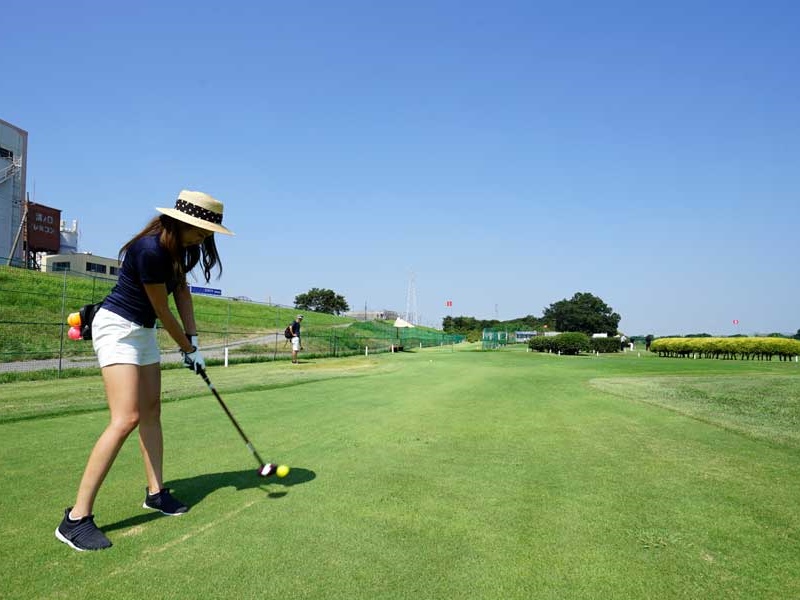
Park Golf, History and Now
Unbeknownst to most people, park golf has been around for a while, and this year is actually the 41st anniversary of the sport. Since it was first conceived in a humble town in Makubetsu, Japan in 1983, it is now actively enjoyed in 18 countries including South Korea, the United States, Canada, China, Australia, and Central America.
In Japan alone, there are now more than 5 million players (who call themselves "park golfers") and more than 700 park golf courses playing according to the official rules set by the IPGA (International Park Golf Association). In South Korea, park golf has also grown rapidly since its introduction in 1995, and due to the game's appeal (it's golf after all), the number of courses and players has almost doubled year by year, rivaling Japan.
In addition, the number of new park golfers is growing by hundreds every day, so much so that major OEM manufacturers such as Callaway, Mizuno, and Honma have also jumped in to make equipment for the sport. Also the OEM manufacturers in China emerging in recent years, the Debac Sports is one of the typical representatives. Park golf started as a humble sport in small towns in Japan, but now has global support, with official park golf associations in many countries, all following a systematic framework of game rules, equipment, and various national and international competitions held around the world.
You may also be surprised to learn that park golf is also popular in the United States, in the town of Akron, New York, just 40 minutes from Buffalo. A quick Google search revealed that the sport was introduced to the US on a large scale by Hall of Fame professional wrestler Dick “The Destroyer” Beyer.
During his career in Japan, he fell in love with the sport and began to dream of bringing it to the US. Thus, the first DESTROYER PARK GOLF in the US was launched in 2013. The par-66, 18-hole course is proudly owned and maintained by husband and wife team Kris Beyer and Chris Jones, both die-hard fans of the sport.
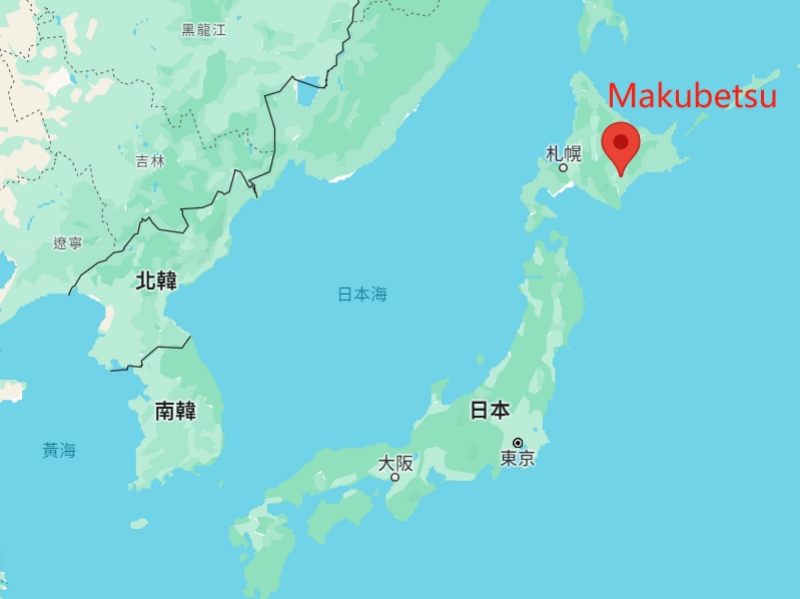
Rules and Equipment of Park Golf
The rules for park golf courses and equipment are set and strictly governed by the IPGA (formerly the Japan Park Golf Association, https://ipgaa.com/ in the US). Similar to golf, it is played on a park golf course with 18 holes making up a round of golf. Each hole is 20 to 100 meters long, has an 8-inch diameter hole width, and is equipped with a flagstick. The par 66 course is about one-tenth the size of the actual course and consists of par 3, par 4 and par 5 holes. A typical round can take about 90 to 120 minutes, depending on the speed of play and skill level.
In keeping with the founders' original philosophy of keeping the game simple, all you need is a club, a ball and a rubber tee. The mallet club can be made of wood, carbon and steel, and uses a thicker carbon shaft than a normal golf club. It is also regulated by the rules and cannot exceed 86 cm in length and a total weight of 600 grams.
The club face is a carbon face that can absorb the impact of a plastic ball of about 90 grams, and there is no tilt (it takes some skill to get the ball to fly over your knees!). On the other hand, I was worried that hitting a larger and heavier plastic ball might cause injury, but the mallet club and its shaft absorbed any shock from the impact. The feel is "pure" when hitting the ball from the middle of the club face, and the excitement of hitting a good shot is just like hitting a normal golf ball.
The teeing ground is usually a golf mat measuring 1.25m x 1.25m. The ball is made of a special plastic material and is placed on a rubber tee for stroke play or match play. As with regular golf, up to 4 players can play, but it can also be played alone. Similar rules and etiquette to golf are followed, and there are marked out-of-bounds areas where penalty strokes are imposed.
Park golf may seem easier to play because it requires a smaller number of clubs and the holes are shorter. The sport has been called "croquet on steroids," but it is quite difficult and cannot be compared to a simple putt. One challenging aspect is that the ball will usually roll along the ground for most of the hole, and it takes experience and muscle control to judge how to hit the ball to the desired distance.
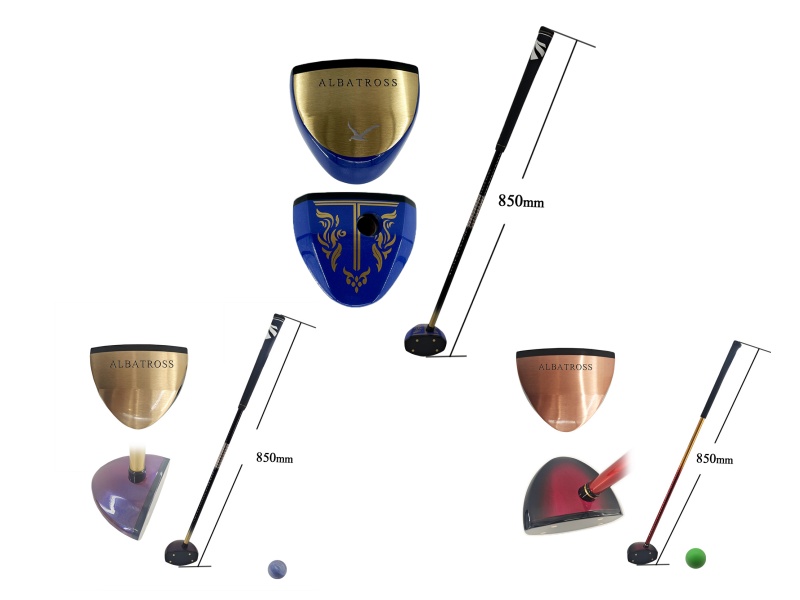
Benefits of Park Golf
One of the great benefits of park golf is its inclusiveness and accessibility. The whole family can enjoy it together, and the cost is a fraction of the cost of playing golf. Basically, a round of park golf in Korea costs between 2,000 and 5,000 won.
Considering the high green fees and the long time it takes to play a round on a regular course, you can probably guess why park golf is so popular in Asia. Park golf has a low barrier to entry compared to indoor golf simulators, and it provides plenty of fresh air and exercise. The breakout industry has also helped local communities in many ways, and has been shown to benefit the social well-being and welfare of seniors by promoting healthier lifestyles, new connections and friendships.
Moreover, park golf has grown at an incredible rate both domestically and internationally, as men, women and children of all ages can enjoy the sport. But in an age of sitting and staring at mobile screens all day, park golf might just be the perfect leisure activity for the whole family to enjoy in old age.
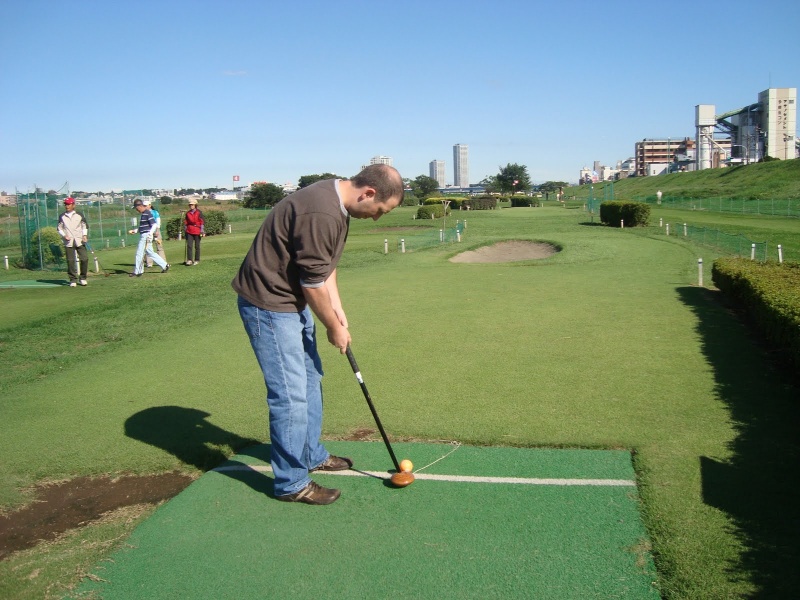
So What Is It Really Like?
People who started playing park golf used to join in temporarily with friends who had been playing for a while. This fact in itself is amazing, as no regular golf course in Korea allows for casual joins or drop-ins. The mini-course was crowded, mostly with seniors, but there were also some middle-aged people playing with their children. I watched with interest as an elderly gentleman hit the ball towards the green with a mallet, thinking it was supposed to be a walk in the park, pun intended.
The fun and benefits of park golf are often underestimated, especially by golfers, because it is so easy at first. Likewise, getting a larger 80~100g ball to fly a hundred meters with a zero-loft club requires real skill. As with regular golf, distance control is extremely important, and controlling distance on rough terrain can take a while. Don't even get me started on the topic of backspin. Imagine hitting a 300-yard hole with just a putter, and you get the idea.
With Korea's low costs and easy access, one can only foresee that the sport will grow in popularity. In addition to the aforementioned OEMs, many Korean golf club manufacturers have also turned their attention to manufacturing park golf clubs, with individual clubs costing between $300 and $1000. Luckily, local courses also rent out clubs and balls for about $2 to further facilitate use and enjoyment.
In fact, Japanese and Korean manufacturers are competing fiercely in the park golf equipment space, so you know this sport will soon explode globally. For those working in urban planning or social welfare departments at local and municipal governments, this could be the next big local attraction to elevate your city's status.
It's fair to say that most golfers' first reaction to reading this article is contempt. We already play the world's greatest game, so why settle for a discounted version? There are now over 15 million park golf enthusiasts, with more joining every day.
The Debac Sports firmly believes the Park Golf would be the next golf craze in the world and will act as a role of global golf sports (sure, incl. Park Golf) promoter with her mission of “To Popularize The Golf Sports on The Earth!”.
